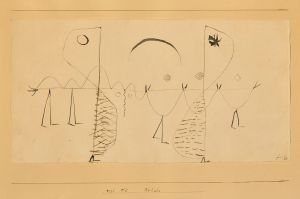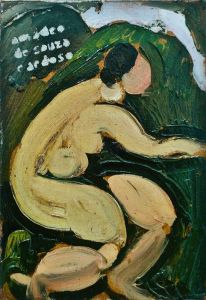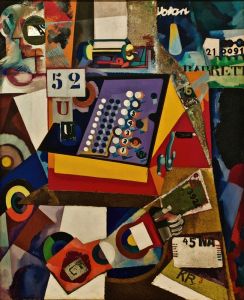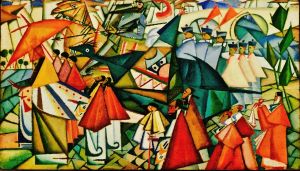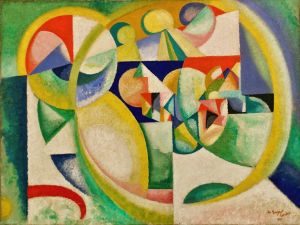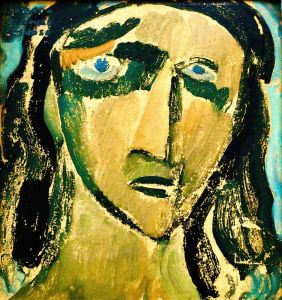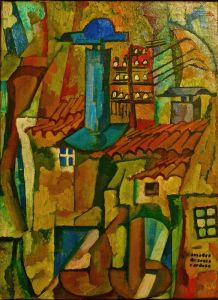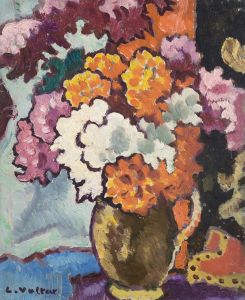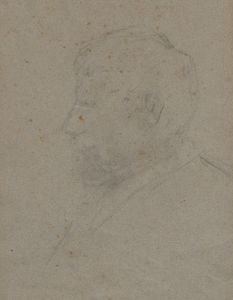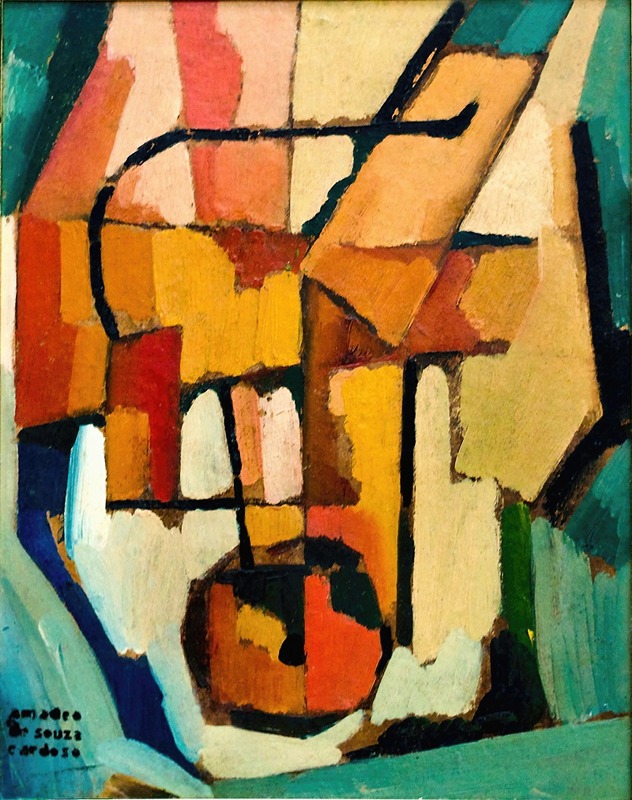
Tramélia
A hand-painted replica of Amadeo de Souza-Cardoso’s masterpiece Tramélia, meticulously crafted by professional artists to capture the true essence of the original. Each piece is created with museum-quality canvas and rare mineral pigments, carefully painted by experienced artists with delicate brushstrokes and rich, layered colors to perfectly recreate the texture of the original artwork. Unlike machine-printed reproductions, this hand-painted version brings the painting to life, infused with the artist’s emotions and skill in every stroke. Whether for personal collection or home decoration, it instantly elevates the artistic atmosphere of any space.
Amadeo de Souza-Cardoso was a prominent Portuguese painter, known for his contributions to modern art in the early 20th century. Born in 1887 in Manhufe, Portugal, Souza-Cardoso was part of the avant-garde movement and was associated with various influential artists and movements of his time. His work is characterized by a bold use of color and form, often blending elements of Cubism, Futurism, and Expressionism.
One of his notable works is "Tramélia," a painting that exemplifies his innovative approach to art. Created during a period when Souza-Cardoso was deeply engaged with the avant-garde circles in Paris, "Tramélia" reflects the dynamic and experimental spirit of the time. While specific details about the painting's creation and its thematic content are limited, it is known that Souza-Cardoso's works from this period often explored themes of movement, modernity, and abstraction.
"Tramélia" is a testament to Souza-Cardoso's ability to synthesize various artistic influences into a cohesive and original style. His exposure to the works of artists like Pablo Picasso and Georges Braque, as well as his interactions with the Futurists, likely informed his approach to this painting. The use of vibrant colors and geometric forms in "Tramélia" suggests an interest in capturing the dynamism and energy of the modern world, a common theme in Souza-Cardoso's oeuvre.
Souza-Cardoso's time in Paris was crucial to his development as an artist. He moved there in 1906 to study architecture but soon shifted his focus to painting. In Paris, he became part of a vibrant artistic community, mingling with figures such as Amedeo Modigliani, Constantin Brâncuși, and Sonia and Robert Delaunay. This environment provided him with the opportunity to experiment and develop his unique artistic voice.
Despite his promising career, Souza-Cardoso's life was tragically cut short when he died of the Spanish flu in 1918 at the age of 30. His work, including "Tramélia," was largely forgotten for many years, overshadowed by his more famous contemporaries. However, in recent decades, there has been a resurgence of interest in his art, with exhibitions and retrospectives helping to reestablish his place in the history of modern art.
Today, Amadeo de Souza-Cardoso is recognized as a pioneering figure in Portuguese modernism, and his work is celebrated for its innovative spirit and contribution to the broader European avant-garde movement. "Tramélia," along with his other paintings, continues to be studied and appreciated for its artistic significance and its reflection of the dynamic cultural landscape of early 20th-century Europe.





